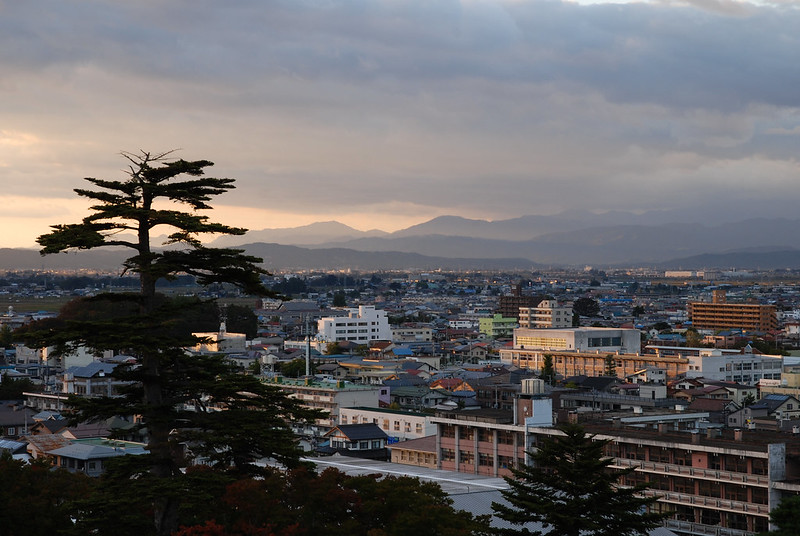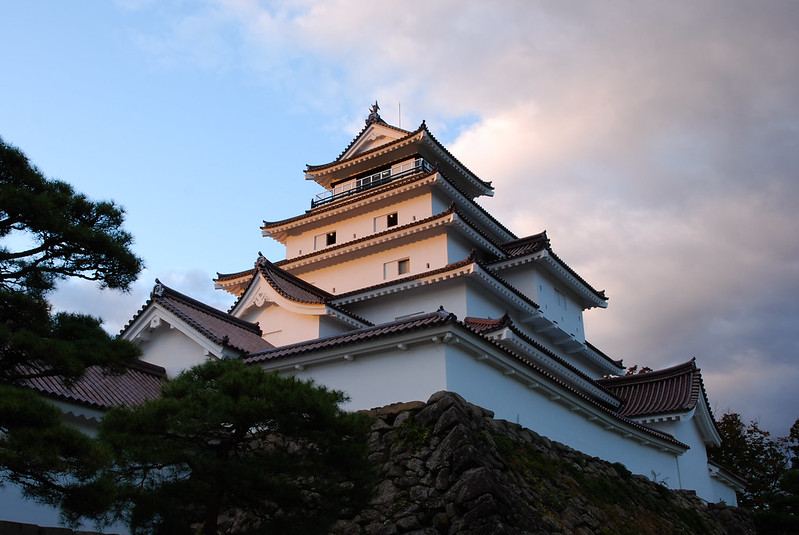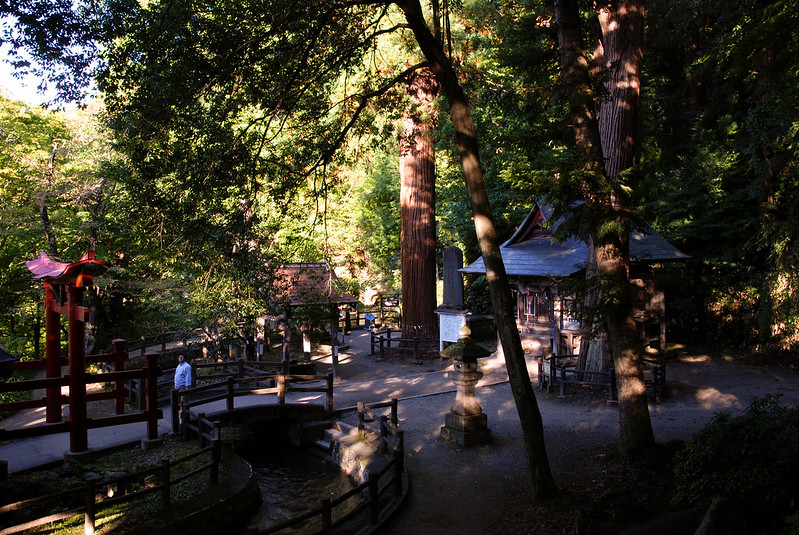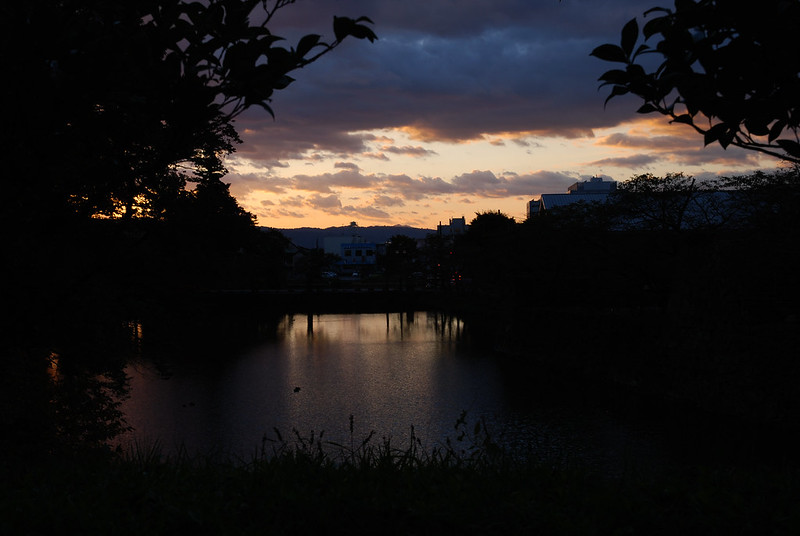Aizuwakamatsu, Fukushima-ken
Three years ago, most people probably hadn’t heard of Fukushima. Today everybody has heard of it, but very few people are visiting. This is a great shame, for many reasons.
The name itself is something of a problem. Fukushima is the prefecture, a city within it, and also the namesake of the nuclear power station that suffered a level-7 disaster after the earthquake. Both the city and the majority of the prefecture (pretty much everything west of the city, in fact) are located outside the exclusion zone, and considered safe for travel by the FCO. So off I went.
Getting into Fukushima-ken isn’t hard, but you can’t rely on the quickest trains: Hayate services on the Tohoku shinkansen bypass both Fukushima and Kouriyama. Instead you’ll need a stopping service; these have some unreserved cars making them easy to catch.
I jumped off the main line at Kouriyama (tip: exit station, straight across main road, tiny katsu restaurant, fantastic food) and changed onto the Ban’etsu West line, which is a tiny one-track service into the countryside. After a long, dozey ride, I arrived in Aizuwakamatsu.
Aizuwakamatsu
Aizuwakamatsu is an old city nestled in the mountains. It’s obviously put some real effort into tourism: there are tourist offices not just at the station, but also in other locations around town, with a bike rental scheme and a decent map of the town in English. There are, however, not many tourists. If you can, grab a bike: the city plan looks small, but it’s actually a good day’s walk to get around.
There are several interesting things to see. At one end of the town, a huge seven-tiered castle keep: this is a fake, rebuilt in the 60s, but it’s still impressive to see and there’s a good view from the top. There’s also a site commemorating the Byakkotai (a group of very young soldiers who committed ritual suicide) – strangely this includes a huge and hideous memorial sent by Mussolini.
Nearby, there’s the Sazaedo, a curious wooden temple that conceals two spiraling staircases, each hidden from the other – it dates to around 1790, and you can walk up and down it. The whole temple area is really rather pretty.
Finally, there’s a small cluster of onsen ryokan just outside the town – you’ll need a bus or bike to get there, I think, and sadly I didn’t have the time.
Staying and Eating
Aizu has several hotels; I stopped at the Toyoko Inn next to the station which cost next to nothing. There are some cheap restaurants near the station, plus a few convenience stores and izekaya.
Unfortunately, Fukushima marked the end of the line for me on this trip. Out of time, out of money and out of clean clothes, I headed back to Tokyo the next morning, from Tokyo to Narita and Narita to home. Given a few more days, I’d like to have explored a bit further into the backwoods around Aizuwakamatsu: the local train line runs on, through dozens of smaller towns, for anyone with the time to travel it.
Next time, then.
This post is a part of my ‘Japan on a Budget’ collection – you can browse the rest here.




Leave a Reply
You must be logged in to post a comment.